'Fall transplanting' vs. 'Spring transplanting'
terrene
13 years ago
Related Stories

FALL GARDENINGMake This Fall’s Garden the Best Ever
Learn the most important tip for preventing buyer’s remorse, plus get more valuable buying and planting advice
Full Story
FALL GARDENINGWhy Fall Is the Best Time for Planting
Spring is overrated for planting. Starting plants in autumn has advantages for both garden and gardener
Full Story
PLANTING IDEASStretch the Budget, Seasons and Style: Add Conifers to Your Containers
Small, low-maintenance conifers are a boon for mixed containers — and you can transplant them to your garden when they’ve outgrown the pot
Full Story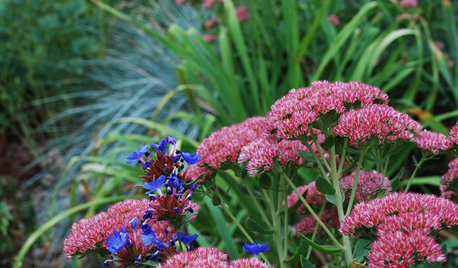
GARDENING GUIDESFall Is Calling: What to Do in Your October Garden
Get a jump on winter prep or just sit back and watch the leaves fall. The beauty of an autumn garden is in all the choices you have
Full Story
WINTER GARDENING6 Reasons I’m Not Looking Forward to Spring
Not kicking up your heels anticipating rushes of spring color and garden catalogs? You’re not alone
Full Story
GARDENING GUIDESWhat Are Your Spring Gardening Plans?
Tearing out the lawn? Planting edibles? Starting from scratch? Tell us what you plan to change in your garden this year
Full Story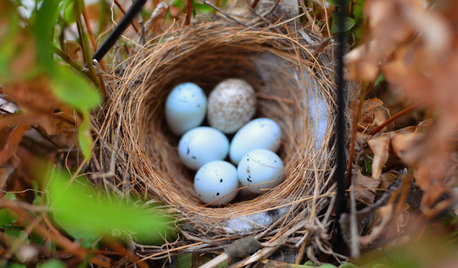
GARDENING GUIDES4 Reasons Not to Rush the Spring Garden Cleanup
There are many positives to staying out of the garden, especially for wildlife
Full Story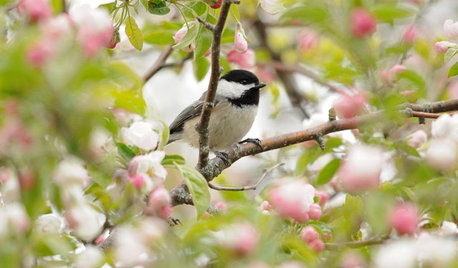
SPRING GARDENINGSpring Gardens Are Waking — Here’s What to Do in March
Excitement fills the air when gardens come back to life. These guides will help you make the most of yours
Full Story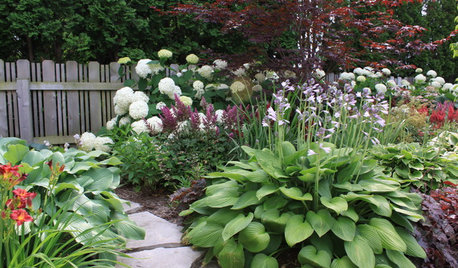
MOST POPULARSpring Gardens Are Blooming — Here’s What to Do in April
Get the guide you need for gardening in your U.S. region, with tasks, climate-appropriate plantings and more
Full Story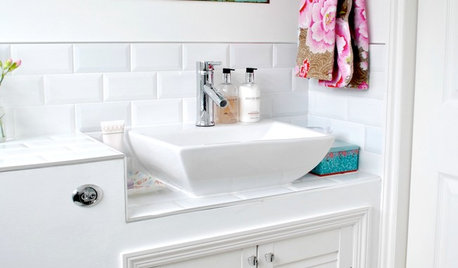
FEEL-GOOD HOME12 Fresh Updates to Get Ready for Spring
As spring approaches, embrace the brighter days with these uplifting changes and additions to your home
Full Story








gardener365
brandon7 TN_zone7
Related Professionals
Ballenger Creek Landscape Architects & Landscape Designers · Jennings Landscape Architects & Landscape Designers · Suffern Landscape Architects & Landscape Designers · Alpharetta Landscape Contractors · Dunwoody Landscape Contractors · Framingham Landscape Contractors · Monterey Landscape Contractors · Newberg Landscape Contractors · Oviedo Landscape Contractors · Pahrump Landscape Contractors · Parker Landscape Contractors · Westford Landscape Contractors · Lebanon Siding & Exteriors · Wethersfield Siding & Exteriors · Fort Lee Decks, Patios & Outdoor EnclosuresToronado3800 Zone 6 St Louis
terreneOriginal Author
denninmi
lucky_p
dsieber
NHBabs z4b-5a NH
ken_adrian Adrian MI cold Z5
NHBabs z4b-5a NH
terreneOriginal Author
NHBabs z4b-5a NH